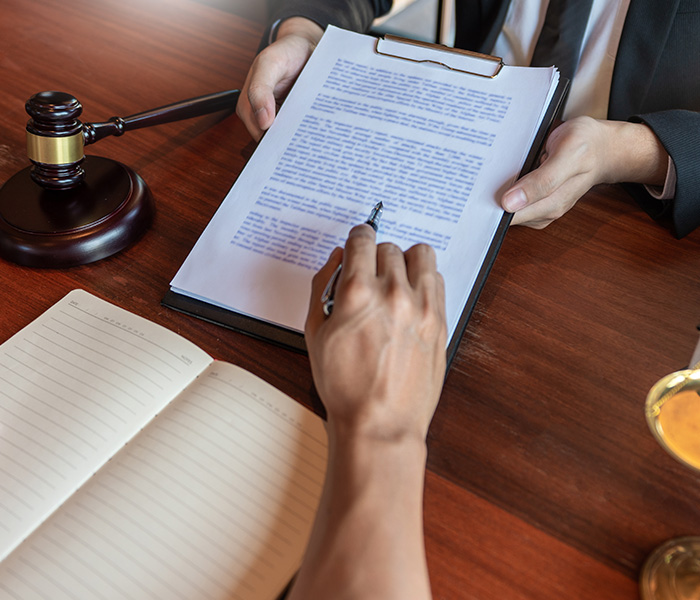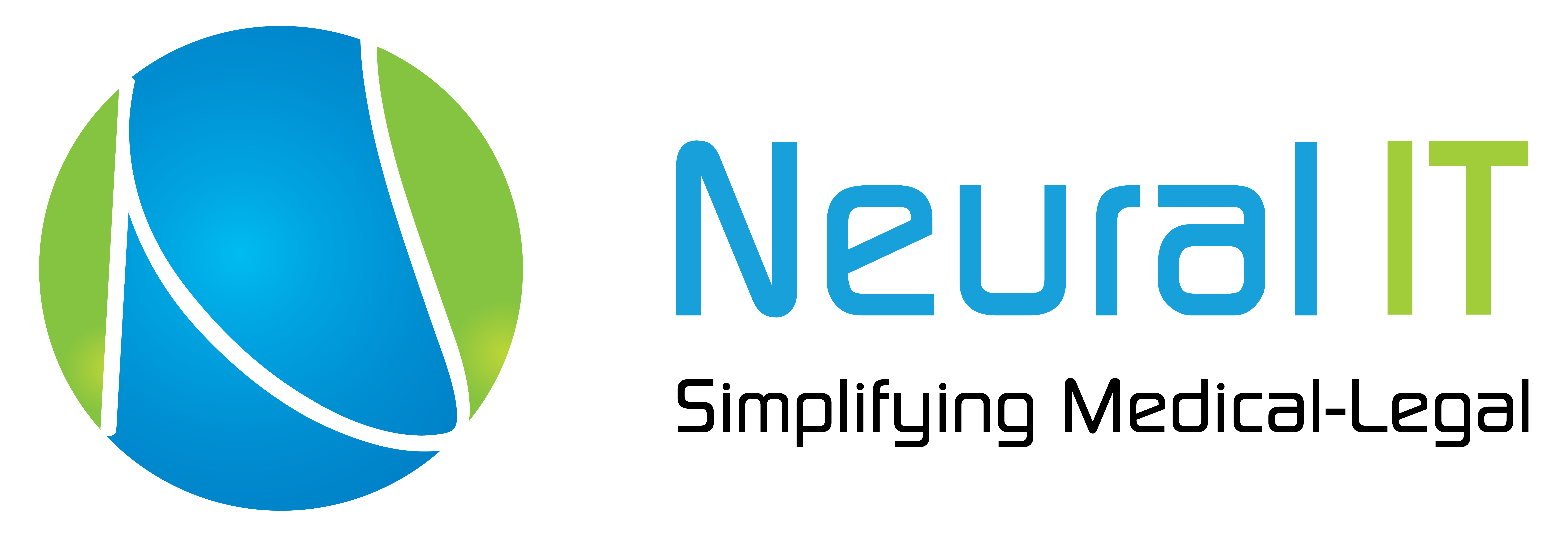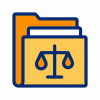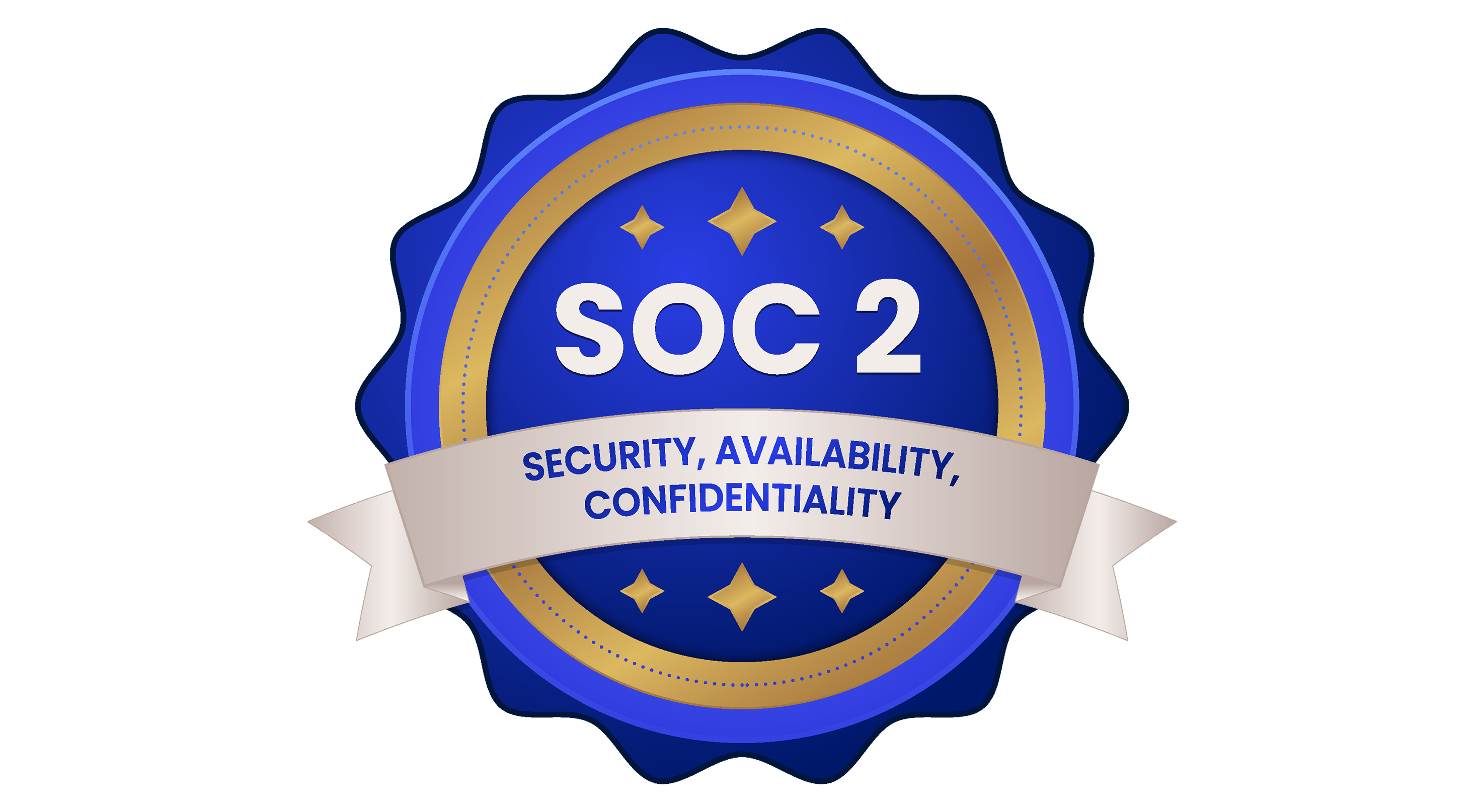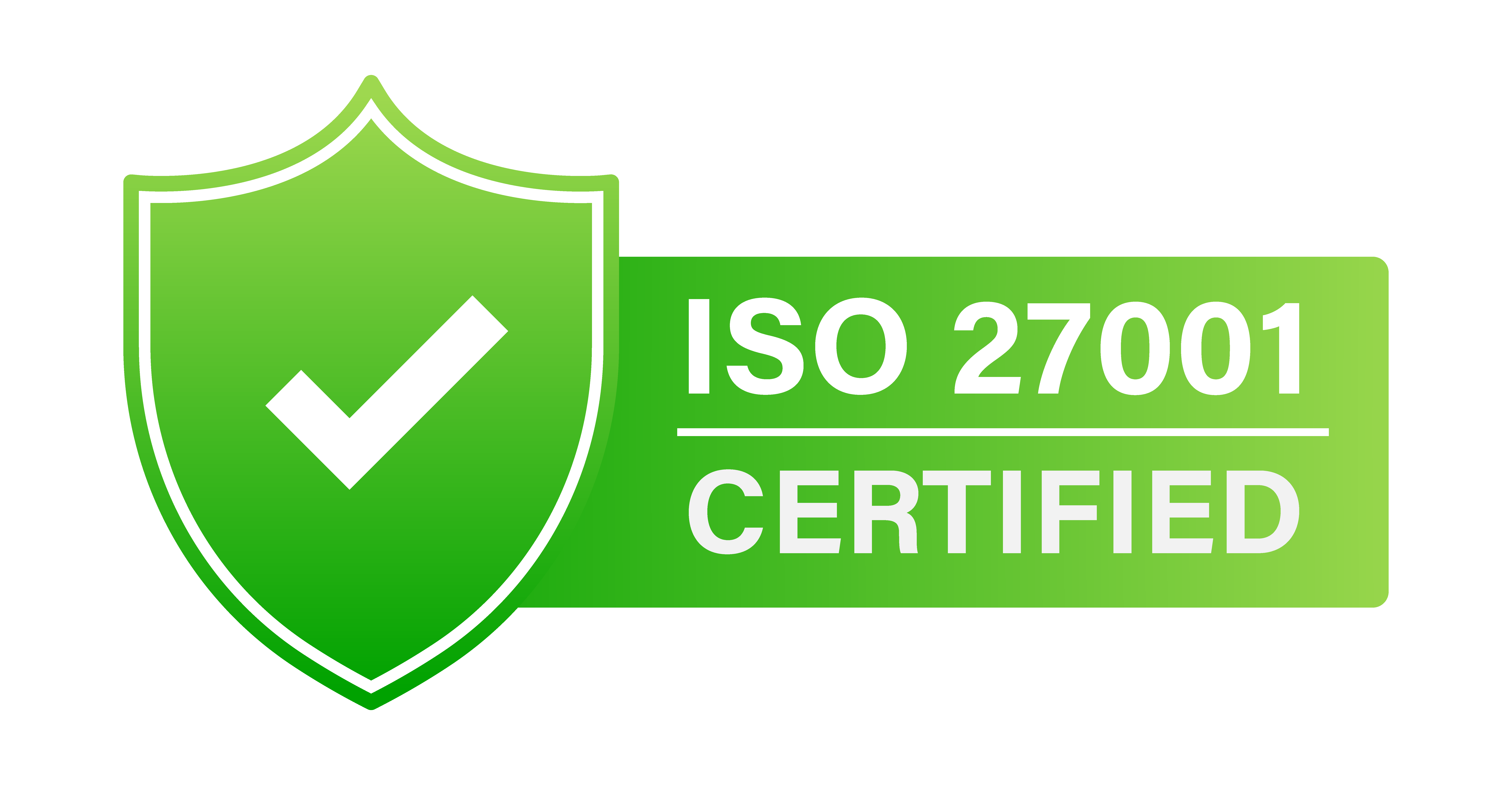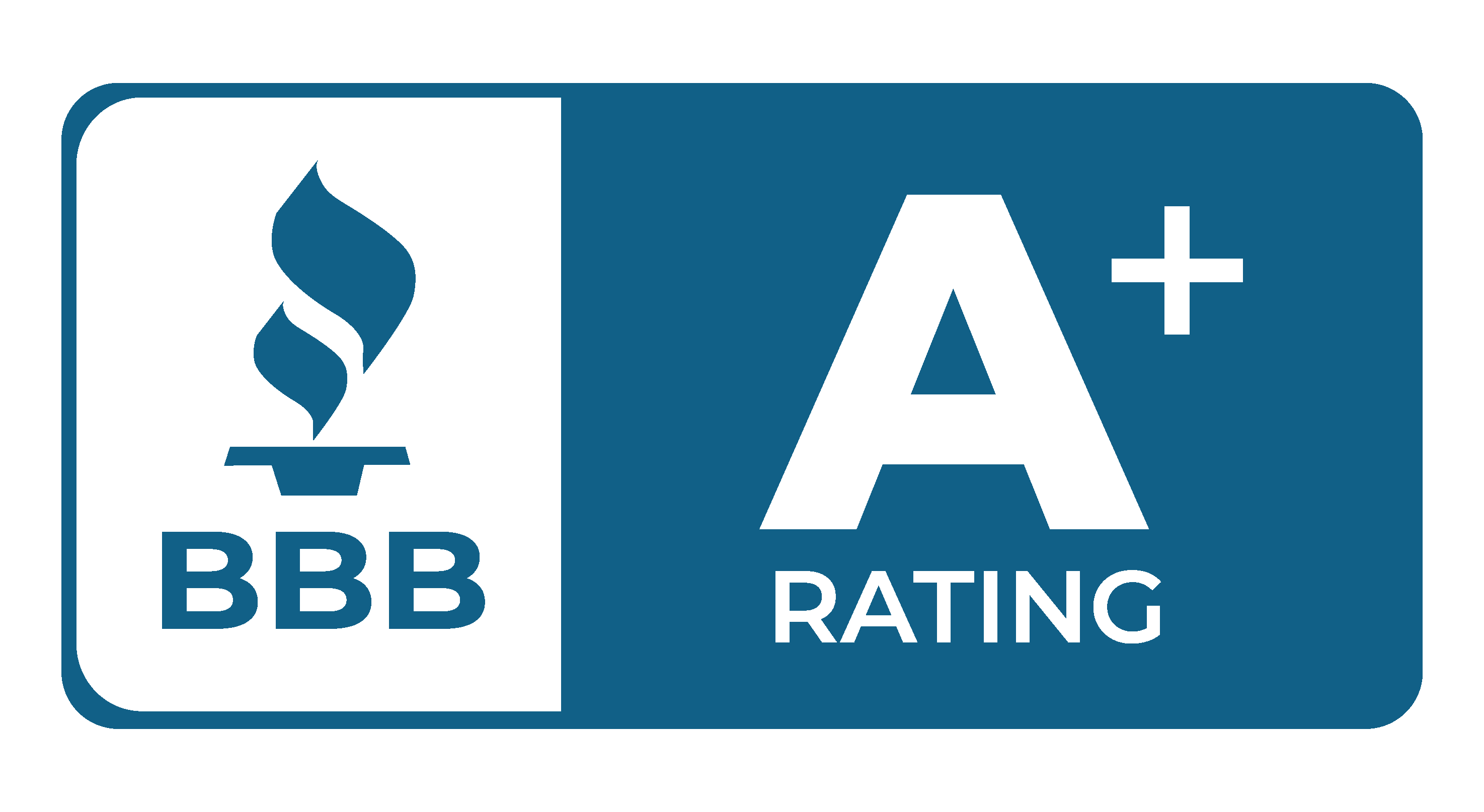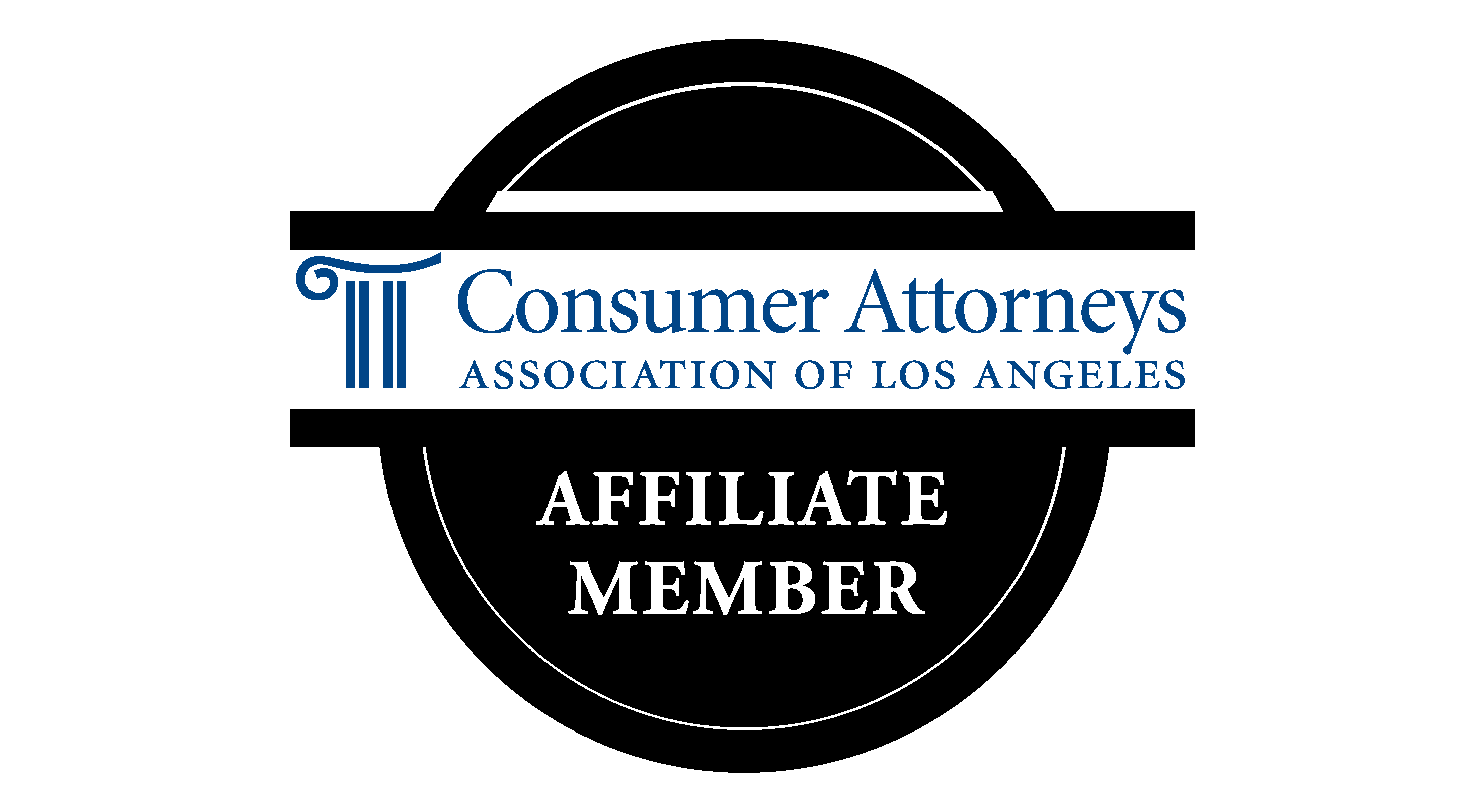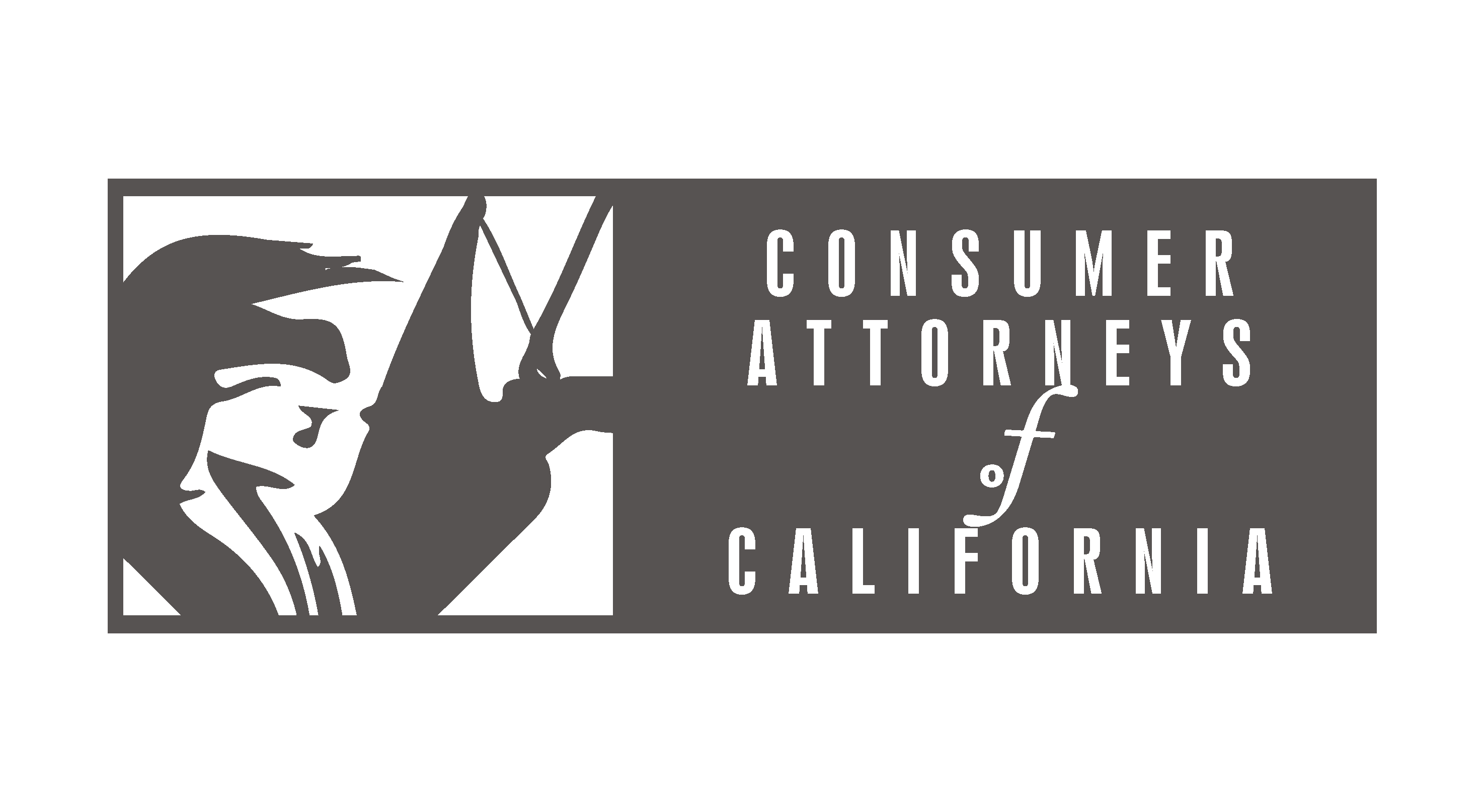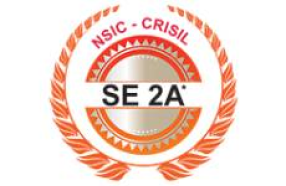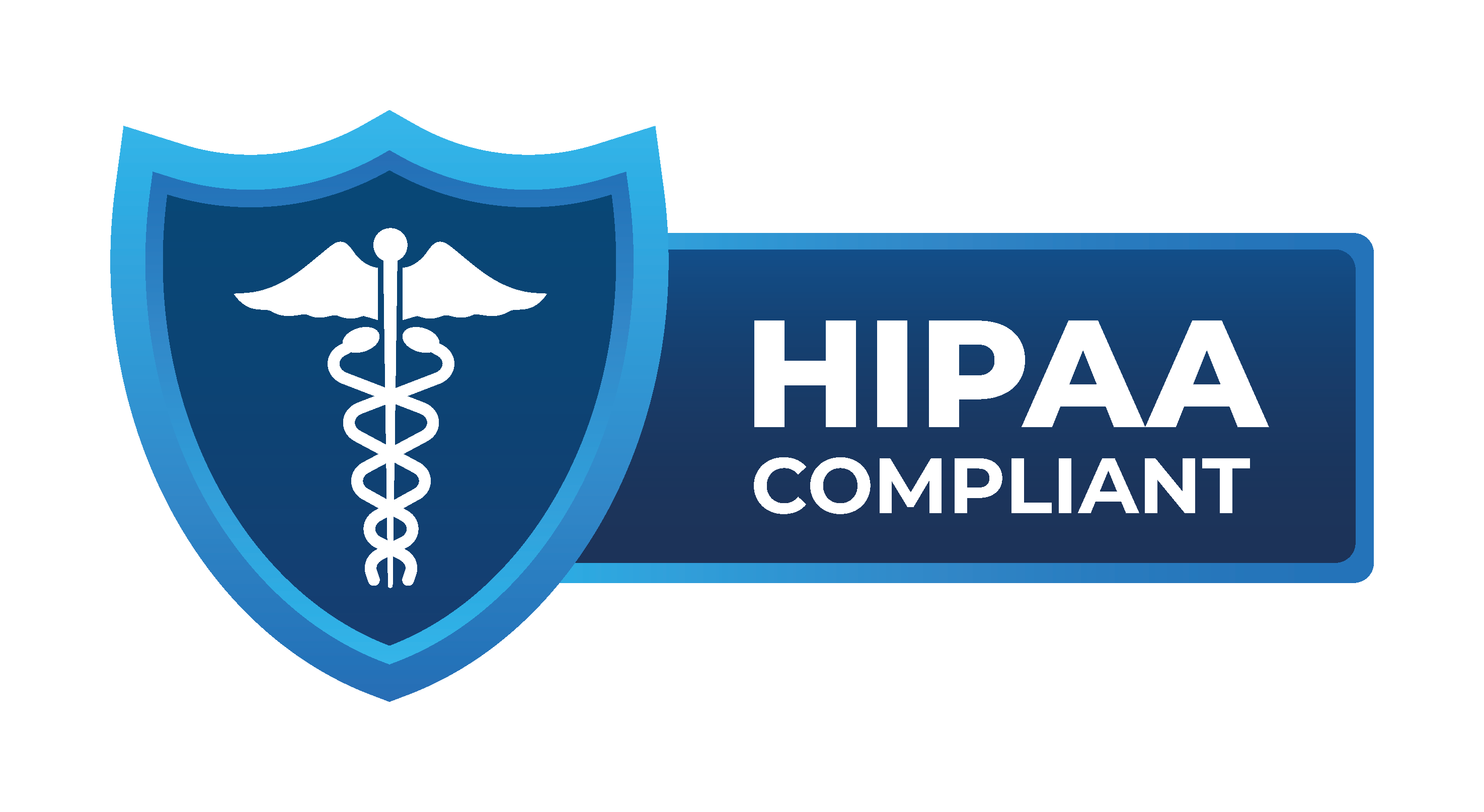The default process is initiated when a properly served summons and complaint to the defendant doesn't get a response. A defendant is ''in default'' in such a situation giving the plaintiff the right to initiate a step to obtain an entry of default against the defendant. Other situations viz; when the defendant does not provide a further response to discovery, for discovery abuses, or violating local court rules can lead to taking a default response against the defendant. However, two things need to be kept in mind: first, the defendant can still file pleadings or motions with the court while the defendant may technically be “in default,” until the court clerk enters the default Second, in a situation when the defendant is represented by a counsel, or one is aware that the defendant has counsel, it is then an ethical obligation to warn the defendant and his/her counsel before a default entry is entered. In previous court decisions, failing to warn opposing counsel of a pending judgment proved a basis for setting aside any default judgment later on.
Neural IT Default Motion Structure :A written application made to a Court to issue an order for specific action in favor of the applicant or contested issue for decision. A motion almost always contains a recitation of the facts of the case or the situation prompting the movant to make the request. Our legal experts are aware of all the essentials required to draft a “Notice of Motion,” followed by an “Affidavit in Support” of it and copies of any documents that support the request and would help the judge to decide in applicant’s favor.
Motions for Summary Judgment : In any action, a party may move for summary judgment as to any claim or defense as a matter of right at any time if no scheduling order exists and the case has not been assigned for trial. It is a way for one party to resolve their case without a trial. The party can ask for summary judgment for part of the case or the whole. We draft summary judgment along the lines, wherein we provide a bullet-proof strategy for responding counsel to resist summary judgment motions.
Visit here for more: Infant compromise | Legal News
